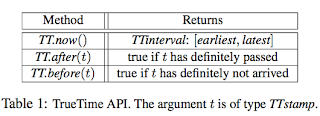How I read a research paper
I can't tell you how you should read a research paper. Probably a different and customized style would work best for you. But I can tell you how I read a research paper. And if you think some of the things below make sense, you can try them for yourself and see if they work for you as well. So, how do I read a paper? The first answer that pops to my mind is "I fight with it". I strive to completely understand and "Grok" the paper by arguing with it. I resist to believe the claims in the paper at face value, I try to poke holes at it. I believe that the paper has to earn my trust, and I only accept the parts that I am obliged to accept. My algorithm for reading a paper 0. Print the paper 1. Ask questions and argue with the paper 2. Write a review 3. Fight with the paper 4. Sleep on it and come back to it Print the paper I like to physically touch the paper and handwrite and doodle on the paper. I have highlighter and different color pens read





